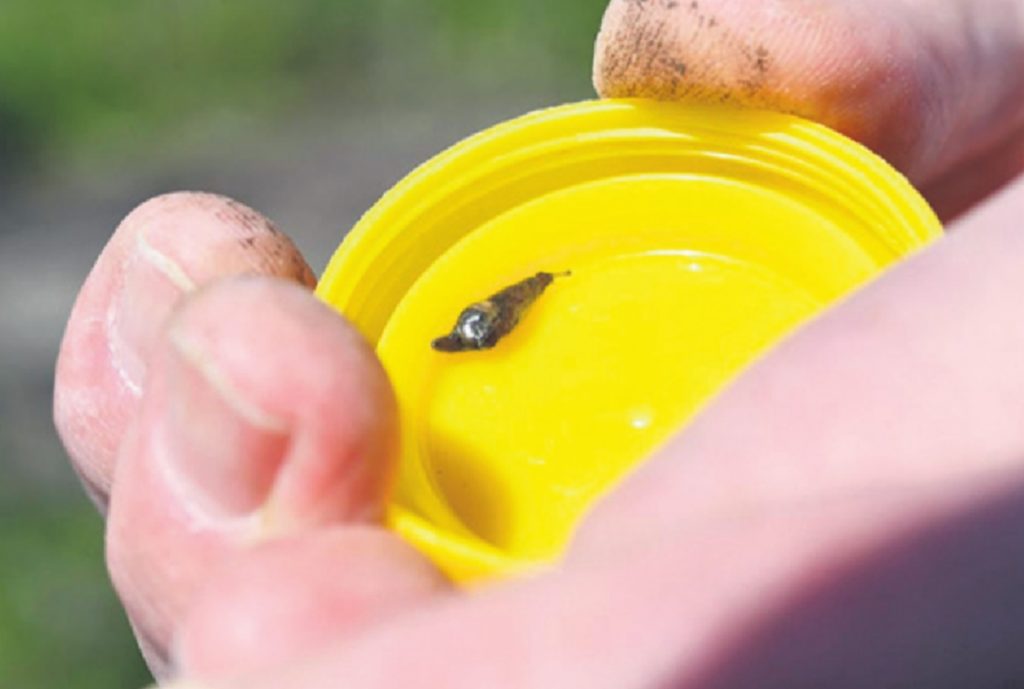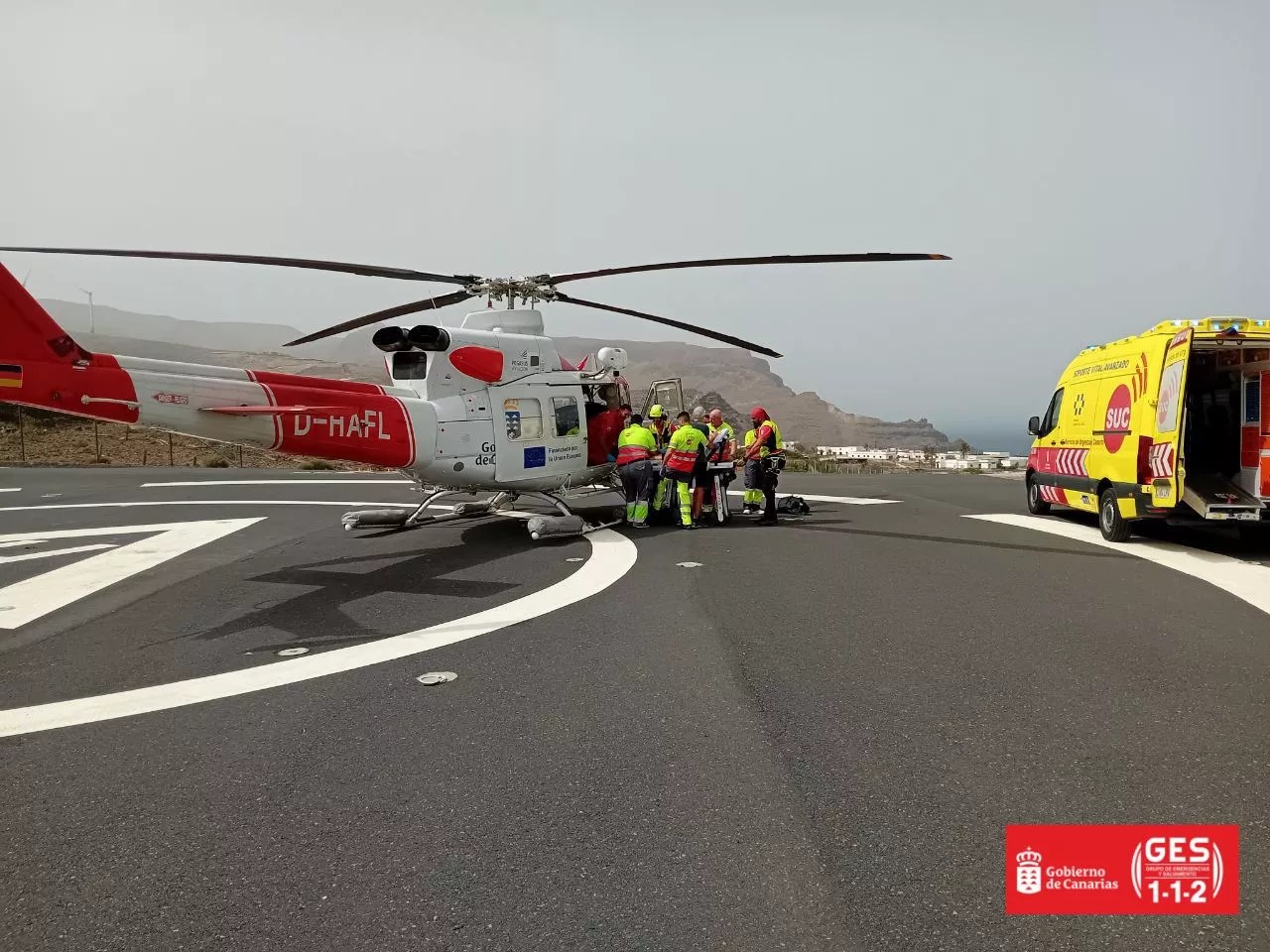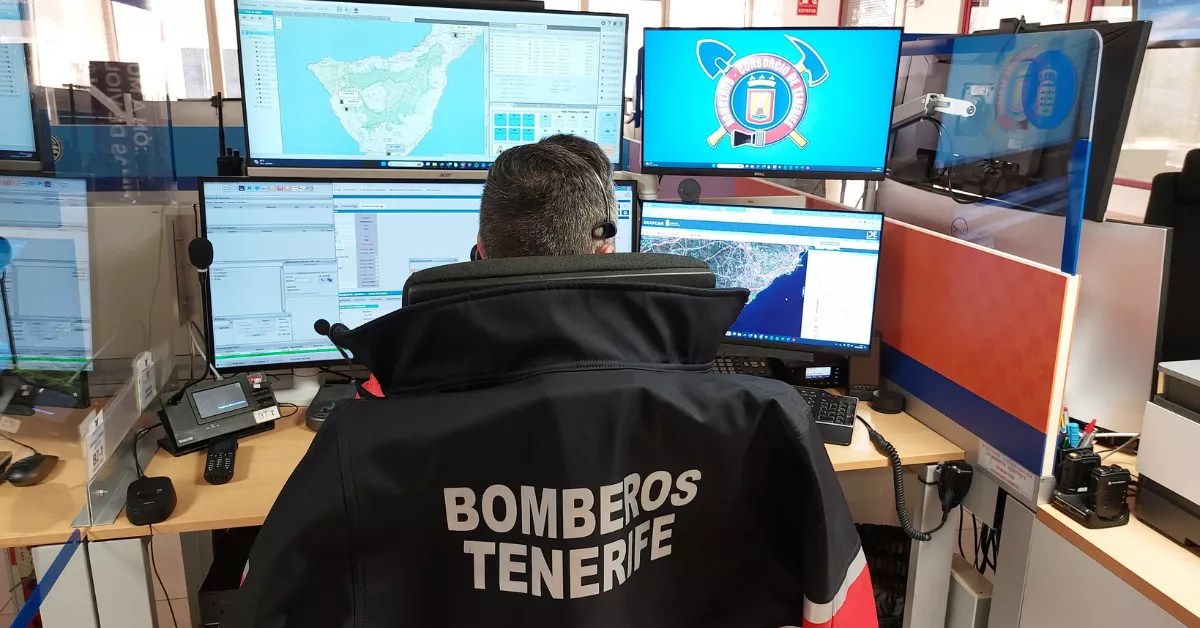
They are tiny, unique, and critically endangered species. Ten years ago, the last evaluation was made of the state of the slugs Plutonia reticulata and Hemicycla modesta, whose presence had been detected in Anaga and the Santos ravine, respectively. Since last year, a project promoted by the University of La Laguna and the Loro Parque Fundación has sought to update the census of these populations, and establish measures both for their protection and to spread the value of these unique chuchangas to the general public. world and that are in Santa Cruz de Tenerife. Both species are included in the Red List of Threatened Species of the International Union for Conservation of Nature (IUCN) in the category of critically endangered. The size of these two small slugs does not exceed the size of a one euro coin, and they belong to the invertebrate species with the highest risk of extinction in Europe, where 70% of these organisms are critically endangered. These chicharrero snails have been living in Santa Cruz for millions of years, and could disappear in a few years if urgent measures are not taken.
After obtaining the support of the Santa Cruz City Council, by signing an agreement with the Animal Welfare area, headed by Carlos Tarife, the search for these tiny slugs began last February. Thus, from February 15 to 22, a group of 10 researchers and experts in gastropods carried out data collection for the evaluation of these two species of chuchangas. The researchers come from Germany, Madeira, and from the University of La Laguna and the Loro Parque Fundación.
During the visits, samples were taken, both of the target species that were being searched for, and of other accompanying species (slugs and snails), especially to detect the presence of invasive species that endanger the survival of these unique snails that only exist in the municipality. The fieldwork took place in the Parque de las Mesas, Barranco de Santos, Valle Taodio and the upper part of Valle Jiménez.
The result of this search was that one of them, the plutonia reticulata, could be found in the place where it had been described by previous experts and also in a new location, adjacent to the municipality of La Laguna, which supposes “a extension of the known range for the species and gives some hope about its conservation possibilities”, said Javier Almunia, co-director of the project and director of the Loro Parque Fundación. However, “until the genetic analyzes of the specimens found are carried out, their conservation status cannot be established with certainty,” Almunia clarified.
In the case of hemicycla modesta, a species that was first described 200 years ago and was missing for more than 150 years, until some specimens were found in 2015, “the preliminary results are less hopeful,” says Almunia, who explains that “no living specimen was found and the IUCN gastropod experts fear that the species may have disappeared from that area of the Barranco de Santos and only remains in some redoubt in higher areas, where two recent shells were found,” he said. .
To make these evaluations, the research team has the corresponding permits from the Ministry of Ecological Transition of the Government of the Canary Islands and also from the Cabildo de Tenerife for access to protected areas, which are also the subject of field work.
With all the data collected, the researchers will carry out a re-evaluation of the threat status of the species on the Red List and all the information will be made available to the competent technicians of the Government of the Canary Islands. In addition and as an innovative element of this environmental project, thanks to the support of the Santa Cruz de Tenerife City Council, promoter of the project together with the University of La Laguna, images of the species have been taken to make an updated and high-quality photo bank. to be used in the educational and outreach materials that the work team of the Faculty of Social Sciences and Communication of the ULL will develop for dissemination to the public. Thus, explains Patricia Delponti, professor of Journalism at the ULL and director of the project, “the objective is dual, since on the one hand updated scientific information is gathered to contribute to the conservation of this species of invertebrates and on the other, to value the importance of natural heritage through actions to raise awareness and spread knowledge in the local community about these unique species in the world”.
Although the project begins with the two chicharrera chuchangas, the idea is to cover all the species in the same state, which in Tenerife are estimated to be about seven, of which two are considered to be probably extinct, since they have not been seen in over 150 years. The idea of the project is to contact all the municipalities as well as with the technicians of the different administrations so that they can collaborate in the protection of the species. After Santa Cruz, the next one contacted by the promoters of the project was Candelaria, where a search was carried out in the area of Samarines for the corrugated chuchanga, endemic to the municipality.
international workshop
The reassessment proposal made by the ULL and the Loro Parque Fundación on the status of Plutonia reticulata and hemicycla modesta on the IUCN Red List is made in close collaboration with two agencies of the IUCN Species Survival Commission : the Conservation Planning Specialist Group (CPSG) and the Mid Atlantic Islands Invertebrate Specialist Group (MAIISG). It is the specialists provided by these two organizations who have traveled to Tenerife to carry out the exploration of the areas that were previously determined through situation maps.
These researchers will also be the ones to participate in the international workshop to be held in Tenerife next October, which will be organized collaboratively, and to which social organizations and interested individuals, or whose activity is carried out in the area, will be invited. distribution of the species, such as the schools that are close to the exploration areas. The design of this workshop will be carried out to systematically address the problems and develop specific solutions using all available scientific information, including that obtained during the re-evaluation process.
The workshop will allow participants to develop meaningful and practical management recommendations that generate political and social support for conservation actions.
















